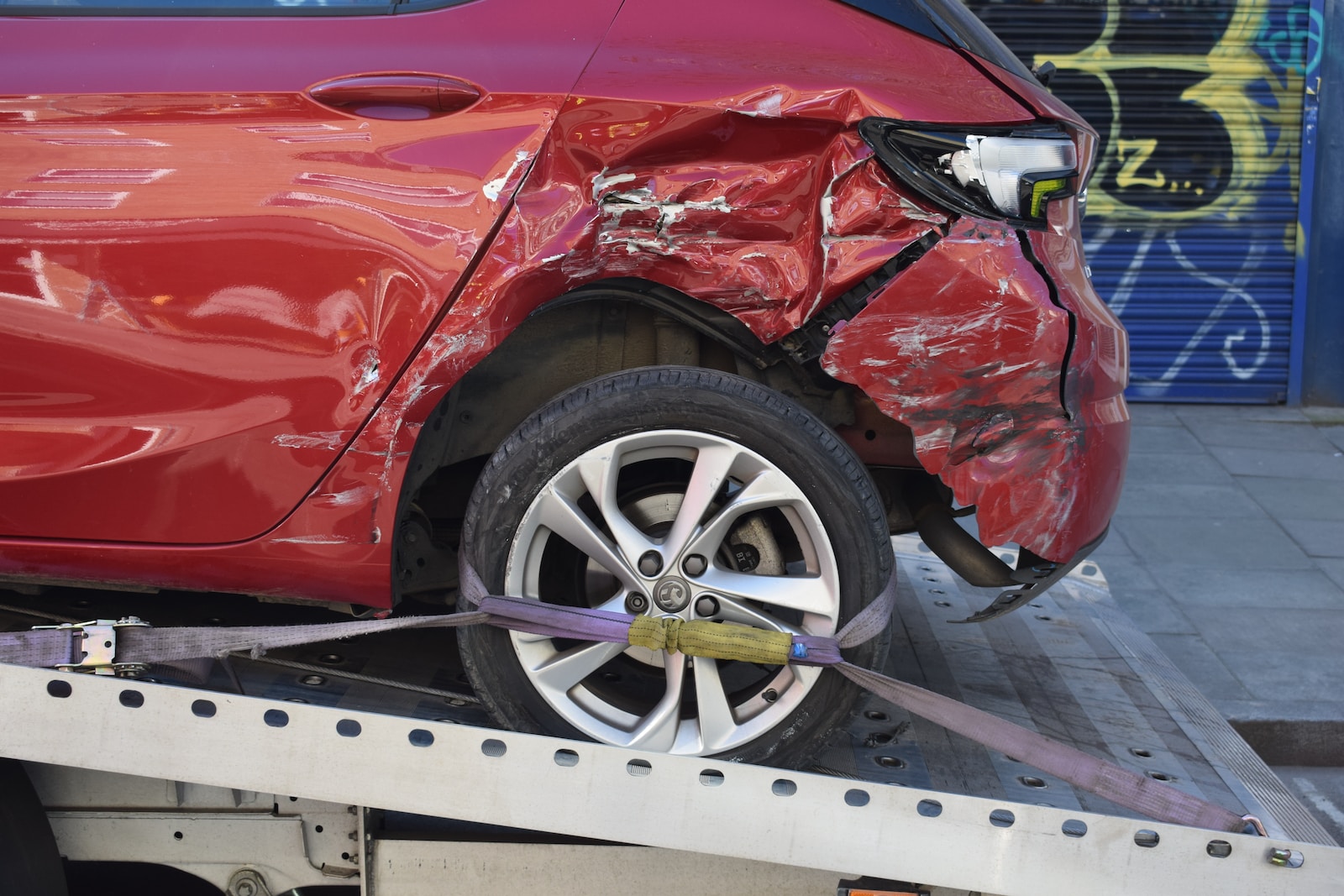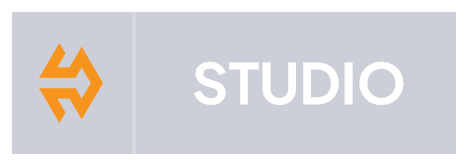When it comes to unexpected breakdowns and accidents on the road, having towing and labor insurance can provide you with the required financial protection.
In this article, we’ll explore the benefits of towing and labor insurance, how it differs from roadside assistance coverage, key considerations when choosing a policy, common scenarios where it comes into play, and some uncommon points you may not be aware of.
What is towing and labor coverage?
Towing and labor coverage is an insurance option designed to provide financial assistance in situations where your vehicle needs to be towed or requires on-site repairs or adjustments. It typically covers the costs associated with towing your vehicle to the nearest repair facility or a location of your choice.
Additionally, this coverage includes labor costs for minor repairs or adjustments that can be done at the roadside. Towing and labor coverage offers peace of mind, ensuring that you have financial support to handle unexpected breakdowns or accidents, saving you from the burden of hefty towing and repair bills.
What is the coverage limit of towing and labor coverage?
The coverage limit for towing and labor coverage can vary depending on your insurance provider and the specific policy you have. Insurance companies often offer different coverage limit options for you to choose from when customizing your policy.
To determine the most suitable coverage limit for your needs, assess factors such as your driving habits, the distance you frequently travel, and the average costs of towing and labor services in your area.
What is covered in towing and labor coverage?
Towing and labor coverage provides specific benefits and coverage for certain situations related to towing and labor costs. Understanding what is covered and what is not covered can help you make informed decisions and avoid any surprises when filing a claim.
Here’s a detailed breakdown:
- Towing expenses: typically covers the costs associated with towing your vehicle to the nearest repair facility or a location of your choice in case of breakdowns or accidents.
- Labor costs – this includes the labor costs for on-site repairs or adjustments at the roadside or a repair facility. Examples include fixing a flat tire, jump-starting a dead battery, or providing minor mechanical assistance.
- Emergency Fuel Delivery – Some towing and labor coverage policies may include the cost of delivering a small amount of emergency fuel if your vehicle runs out of gas.
- Additional benefits – Depending on the policy, there may be additional benefits such as lockout assistance, trip interruption coverage, or coverage for rental vehicles while your vehicle is being repaired.
What is not covered in the towing and labor coverage?
- Pre-existing conditions – towing and labor coverage usually do not cover pre-existing mechanical issues or breakdowns that occurred before obtaining the coverage.
- Regular Maintenance – routine maintenance expenses, such as oil changes, tire rotations, or brake replacements, are typically not covered by towing and labor insurance.
- Major mechanical repairs – extensive mechanical repairs or major parts replacements are generally not covered. Towing and labor coverage is designed for minor on-site repairs or adjustments to get you back on the road temporarily.
- Non-eligible vehicles -Some policies may exclude certain types of vehicles, such as motorcycles, recreational vehicles (RVs), or commercial vehicles, from towing and labor coverage.
- Exceeding coverage limits – if the costs associated with towing or labor services exceed the coverage limits specified in your policy, you may be responsible for the additional expenses.
- Non-emergency situations – Towing and labor coverage is intended for emergency situations and may not cover non-emergency services, such as general maintenance or non-urgent repairs.
It’s crucial to review the specific terms and conditions of your towing and labor coverage policy to understand the coverage limits, exclusions, and any additional conditions that may apply. If you have any questions or concerns about what is covered or not covered, consult with your insurance provider or agent for clarification.
Benefits of towing and labor coverage
Towing and labor coverage offers several benefits to vehicle owners, ensuring that you are prepared for unexpected situations. Let’s delve into these benefits:
- Coverage for towing expenses – When your vehicle breaks down or is involved in an accident, the cost of towing can quickly add up. With towing and labor insurance, you have coverage for these expenses, ensuring that your vehicle is safely towed to the nearest repair facility or your preferred destination.
- Coverage for labor costs – In addition to towing, this insurance coverage also covers labor costs. Whether it’s a flat tire, a dead battery, or other minor issues, the policy can help cover the costs of on-site repairs or adjustments, saving you time and money.
- Assistance with minor repairs or adjustments – Sometimes, all your vehicle needs is a minor fix to get back on the road. Towing and labor coverage often includes coverage for services like jump-starting your battery, delivering emergency fuel, or fixing minor mechanical problems, providing you with the peace of mind to tackle unexpected situations.
What are the key considerations when choosing towing and labor coverage?
When choosing your towing and labor coverage, consider factors such as –
- The reputation and reliability of the insurance provider
- The coverage limits and restrictions
- Any exclusions or limitations of the coverage
- Any additional benefits or add-ons offered by the provider.
An 8-step guide to filing a towing and labor coverage claim
Filing a claim for towing and labor coverage is a straightforward process. Follow these instructions to ensure a smooth and efficient claim experience:
- Contact your insurance provider – Notify your insurance provider as soon as possible after the incident. Many insurance companies have dedicated helplines for claims. Provide them with necessary details such as your policy number, date and location of the incident, and a brief description of what happened.
- Document the incident – Gather relevant documentation to support your claim. This may include photographs of the vehicle’s condition, receipts for towing or labor costs, and any other related documentation.
- Follow the claim submission process – Your insurance provider will guide you through the claim submission process. They may require you to complete a claim form or provide specific information online or through email. Follow their instructions carefully and provide accurate and detailed information.
- Provide necessary documentation – Attach all the required documentation to your claim, such as the police report (if applicable), receipts for towing or labor costs, and any other supporting documents requested by your insurance provider. Ensure that all documentation is legible and organized.
- Cooperate with the investigation – Depending on the nature of the claim, your insurance provider may need to investigate the incident further. Cooperate fully with their investigation process, providing any additional information or documentation they request.
- Await claim evaluation – Once your claim is submitted, it will go through an evaluation process by the insurance company. They will assess the validity of the claim, review the documentation provided, and determine the coverage applicable based on your policy terms and limits.
- Reimbursement or direct payment – If your claim is approved, your insurance provider will either reimburse you for the eligible expenses or arrange for direct payment to the service providers, such as the towing company or repair facility, depending on their claims procedures.
- Follow up on any outstanding matters – If there are any outstanding matters or questions regarding your claim, promptly communicate with your insurance provider to address them and ensure a timely resolution.
Remember, the claim process may vary slightly depending on your insurance provider and policy terms. It’s always advisable to review your policy documentation and consult with your insurance agent or representative for specific instructions and guidance tailored to your situation.
How is towing and labor coverage different from roadside assistance coverage?
| Towing and labor coverage | Roadside assistance coverage |
| Towing and labor coverage specifically focuses on covering expenses related to towing your vehicle and the labor costs associated with roadside repairs or adjustments. It is usually an optional add-on to your auto insurance policy, providing financial protection for specific services directly related to towing and labor. | Roadside assistance insurance offers a broader range of services beyond towing and labor. It typically includes services such as emergency fuel delivery, lockout assistance, jump-starts, flat tire changes, and more. It is often provided as a standalone service or as part of an auto club membership. |
In summary, towing and labor coverage is more specific, focusing on towing and labor-related expenses, while roadside assistance insurance provides a wider range of services for various roadside emergencies.
Frequently Asked Questions (FAQs) about towing and labor coverage
What happens if you don’t have towing and labor coverage?
Without towing and labor coverage, you would be responsible for covering the expenses associated with towing your vehicle and any labor costs for roadside repairs or adjustments. This can include the fees charged by towing companies, which can vary depending on factors such as distance, time, and the type of vehicle.
In addition, without coverage, you may need to rely on alternative methods to handle the situation, such as calling a roadside assistance service or arranging for a tow truck independently. These services typically come with their own costs, which you would need to pay out of pocket.
Can I use my towing and labor insurance to tow someone else’s car?
No, typically, you cannot use your towing and labor insurance to tow someone else’s car. Towing and labor coverage is designed to provide assistance and coverage for your own vehicle in the event of a breakdown or roadside emergency. The coverage is tied to the specific vehicle listed on your insurance policy.
If you frequently find yourself in situations where you may need to tow someone else’s car, it’s advisable to check with your insurance provider to explore any available options or additional coverage that could accommodate such scenarios.


